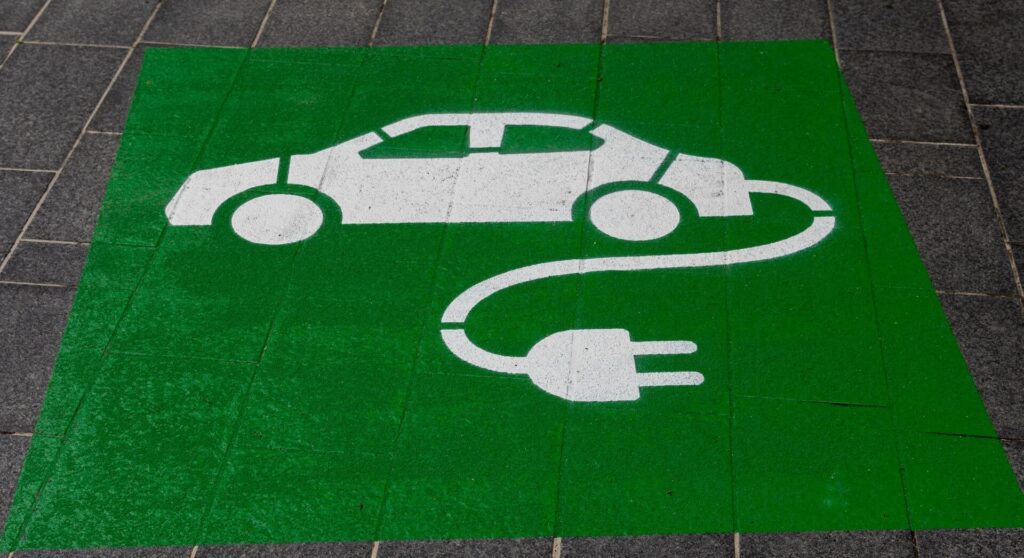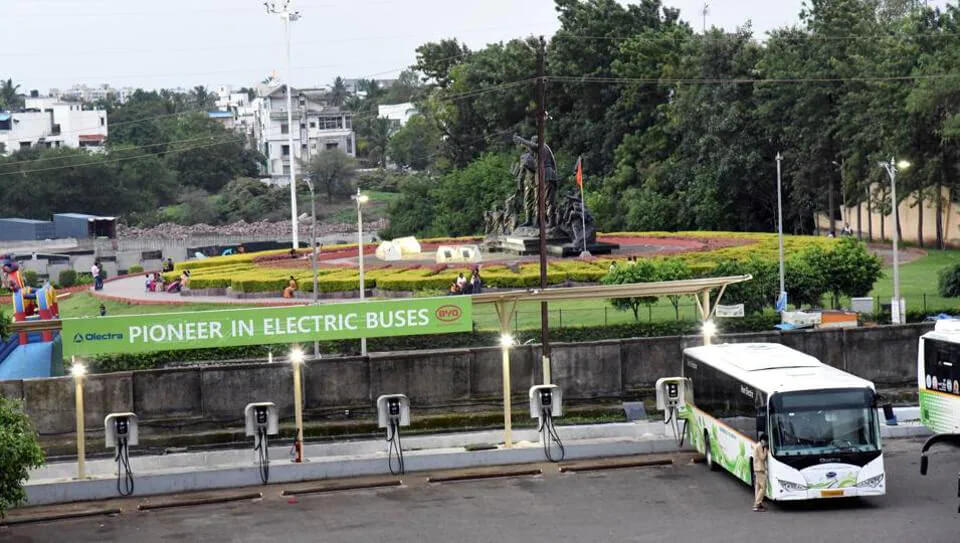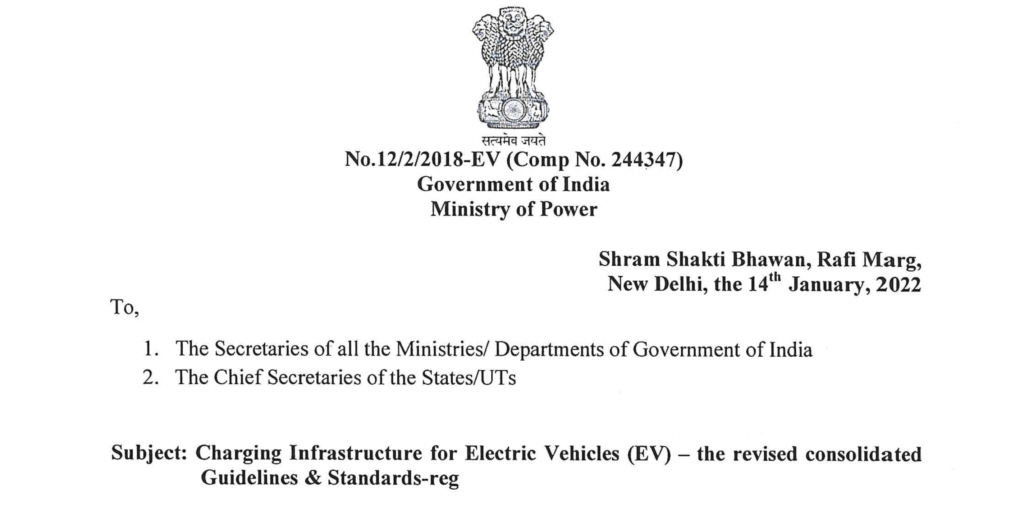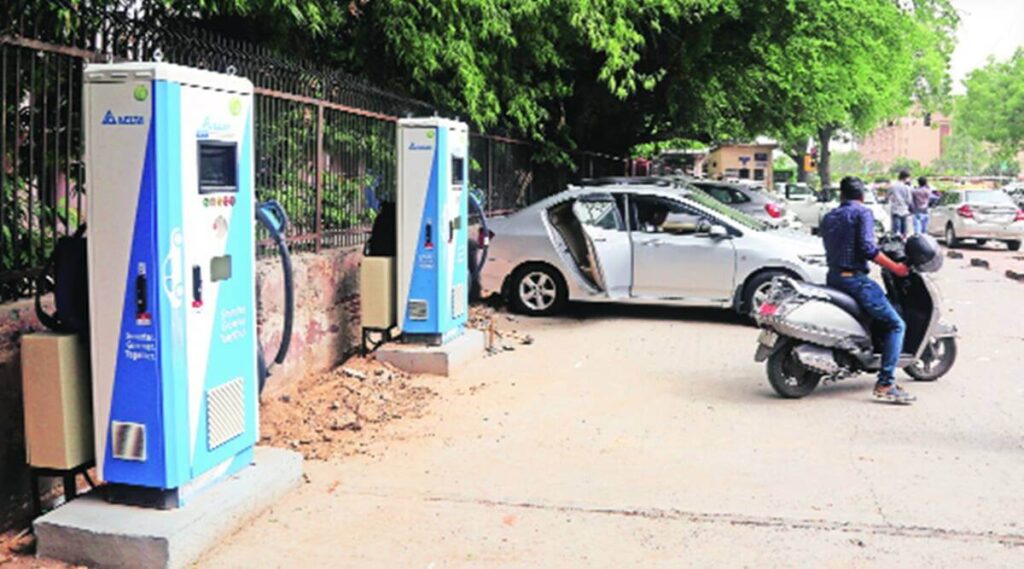
The transport sector is a major contributor towards greenhouse gas emissions in India. By adopting electric mobility there will be a significant reduction in the CO2 emissions. Without immediate electrification of vehicle fleets, emissions associated with transportation will soar by 2050, significantly hastening climate change. Let us discuss the role of electric mobility in achieving India’s commitment to Net Zero emission.
Impact of transportation sector on emissions
It is not feasible to continue on the current path of introducing increasingly more cars that use expensive imported fuel and clog up already crowded cities that suffer from infrastructural constraints and severe air pollution. Cities in India will suffocate.
The global climate goal set forward by Paris Agreement to cut carbon emissions in order to minimize global warming is what is driving the push for EVs. A possible global solution for decarbonizing the transportation sector is the shift to electric mobility.
As the nation imports almost 80% of its total need for crude oil, or over $100 billion, it is also anticipated to help improve the overall position of energy security. In terms of job generation, the drive is also anticipated to have a significant impact on the local EV manufacturing sector. EVs are also anticipated to reinforce the grid and aid in accommodating increased renewable energy penetration while maintaining secure and stable grid operation through a variety of grid support services.
From surveys and studies, it is estimated that transport sector alone consumes 18% of the total energy in India. It is equivalent to 94 million tonnes of oil equivalent (MTOE). If the trend of the current consumption continues, then by 2030 annual energy demand of transport sector will rise to 200 MTOE. Currently the transport sector mainly relies on non-renewable sources of energy and it directly leads to 142 Million tonnes of CO2 emissions annually, where 86% of emissions is contributed by road transport alone.
It is not feasible to continue on the current path of introducing increasingly more cars that use expensive imported fuel and clog up already crowded cities that suffer from infrastructural constraints and severe air pollution. Cities in India will suffocate. The transport sector is the third most CO2 contributing sector. The global climate goal set forward by Paris Agreement to cut carbon emissions in order to minimize global warming is what is driving the push for electric vehicles.
To ensure the commitments made by the government of India, during COP21 Summit to reduce the emission by 33-35% by 2030 as of 2005 levels it is necessary to adopt a solution to tackle this. A possible global solution for decarbonizing the transportation sector is the shift to electric mobility.
India’s aim and energy strategy for 2030 also suggest that India will limit its use of coal-based energy at the moment, about 60 GW of coal thermal power is being built or planned. By 2030, India’s coal capacity would increase by 38 GW to 266 GW, according to CEA. As a result, India has declared that it will not make any additional investments in new coal.
The IPCC states that global emissions must decrease by half by 2030 and reach zero by 2050. The Organization for Economic Cooperation and Development (OECD) countries must then achieve Net Zero by 2030, China by 2040, and the rest of the world by 2050 due to the extreme inequality in emissions across the globe. India’s goal of achieving Net Zero by 2070 is a natural extension of this and cannot be rejected.
Due to its enormous population, India is projected to surpass other countries as the world’s largest polluter as even modest increases in emissions per person add up to significant amounts of carbon dioxide. India, which depends heavily on agriculture and has a population of 1.2 billion people but is still rising, would likely see severe effects from ongoing climate change. By 2030, all of India is projected to increase the temperature by 0.5°C, and by the end of the century, it will likely warm by 2-4°C, with northern India experiencing the greatest rise. Greater tropospheric ozone pollution and other air pollution in the main cities are predicted to result from global warming.
Role of electric mobility in achieving Zero emissions
Electric mobility can help paving the path toward cleaner fuel and help in reducing greenhouse gas emissions. It has raised the awareness towards creating more renewable sources of energy like solar power, wind power, etc. Currently, India is behind EV sales, where the Indian roads are widely used by conventional cars. Less than 1% of all car sales in India go toward the electric vehicle sector, which is far behind. If the replacement of conventional cars is increased by electric vehicles there will be a significant reduction in carbon emissions.

To promote the adoption of electric vehicles, the Government of India has adopted various measures. Slowly with government support, electric vehicles are entering Indian market and roads. With more public awareness about climatic change and emission target, the adoption of electric vehicles can be increased. Under FAME II scheme, (used to promote the adoption of electric and hybrid vehicles in India) 10,000 crores have been distributed for EV adoption. There are also various other central and state level policies to remove the barriers of taxes, charging infrastructure, electric component construction, etc. that inhibits the adoption of electric mobility.
Related article
How electric mobility helps to achieve Net Zero emissions?
- As one of the most innovative clusters in the automotive industry, electric mobility has zero or extremely low tailpipe emissions of local air pollutants and produces significantly less noise. This makes it one of the most attractive forms of transportation for investment, particularly in developing nations. Just one electric vehicle on the road can reduce CO2 emissions by 1.5 million grams annually on average.
- In the case of electric vehicles (EVs), carbon credits are created by exchanging fossil fuel-powered vehicles for electrified vehicles that have much lower emission levels and get their electricity from sources that produce less carbon dioxide.
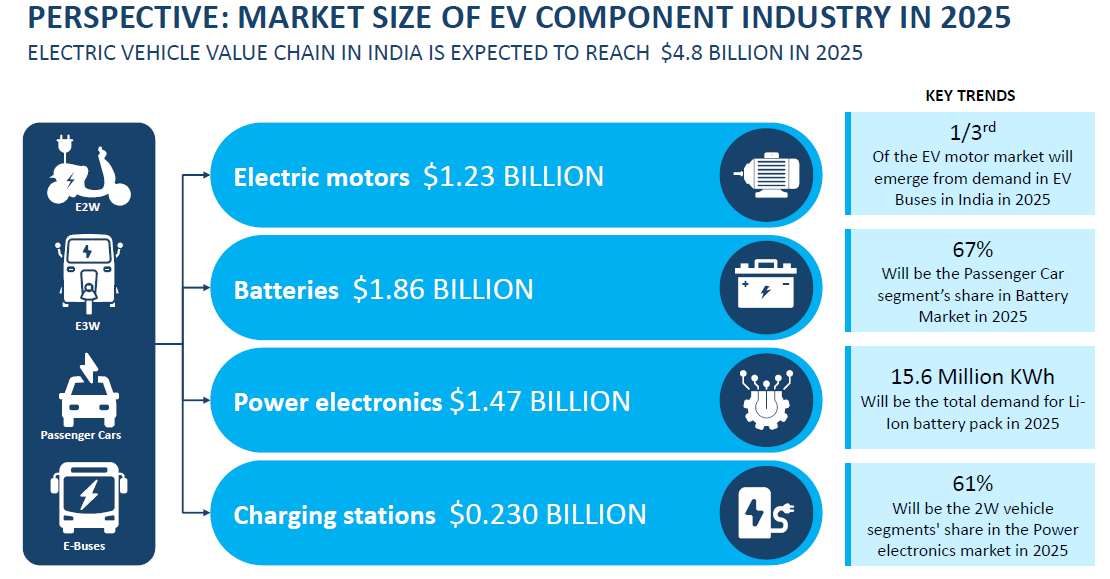
- Due to the high cost of importing fuels, the strong demand for fossil fuels for transportation also contributes to an unpredictable supply of energy. By reducing oil imports, electromobility offers savings that can frequently more than offset the cost of new car purchases, charging infrastructure upgrades, power grid upgrades, and renewable energy systems.
- Compared to greenhouse emissions, EVs emit fewer pollution than conventional vehicles even when they are charged via the grid. Additionally, there are no emissions when you power your EV using energy produced by renewable wind or solar sources, either during power generation or while the vehicle is in operation.
- The shift to public electric transport and sharing electric vehicles can help in reducing greenhouse emissions to a large extent.
